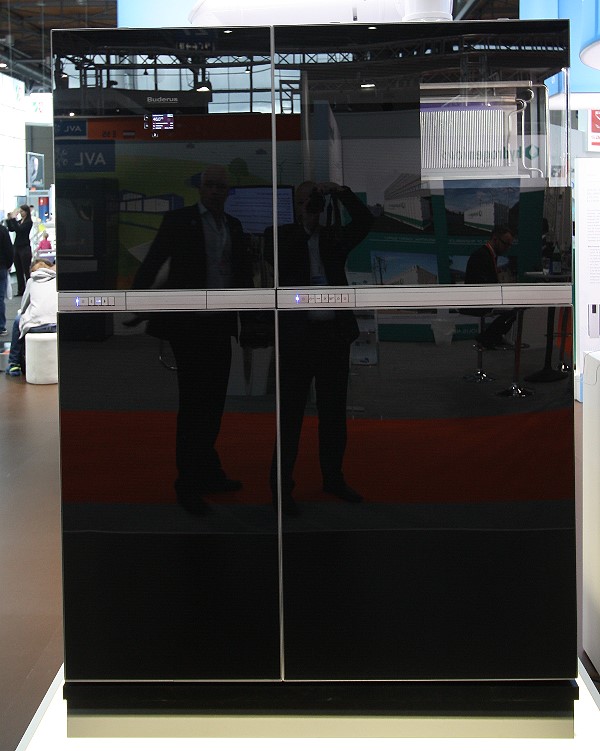KfW repayment subsidy PV storage system - Calculate Now
Especially in the field of PV, it is somewhat idle to work through all the possibilities of promotion and saving. However, it is still worthwhile, because many things help to save money or even to secure an additional income. That is why it is always advisable to "fight" your way through the many possibilities. Here you will find a rough overview of the funding opportunities in the field of photovoltaics. These include:
- the feed-in tariff
- if applicable, subsidies through the programs of the federal states
- KfW subsidy program
- Programs of banks
- Tax savings through depreciation

The feed-in tariff
The feed-in tariff is the amount of money you receive per kilowatt hour generated that you feed into the grid. This feed-in tariff varies and depends on the size of the PV system and the time of commissioning. From this point on, the feed-in tariff remains the same for 20 years. The legal situation also changes again and again, so it is advisable to read up on what is new every now and then.
For various plants, however, you still need to know that there may be changes again from 2016. For new PV systems from a size of 100 kWp, the obligation to self-market the electricity generated will then apply.
The KfW Renewable Energies funding program
The KfW Bank promotes renewable energies with low-interest loans and, if applicable, a repayment subsidy for photovoltaic systems with electricity storage.
The maximum term of the loans is 10 years and up to 100% of the costs of the acquisition are financed. In addition, a grace period of up to two years is possible.
However, it is very important to apply for the loan before starting the investment, namely at the house bank.
Used systems, solar thermal systems for private self-use and heat pumps and solar thermal systems are excluded from funding by KfW-Bank.
Tax savings through depreciation
Photovoltaic systems are subsidized in many ways. But not only this direct support, but also tax benefits are possible. Those who register a trade in order to operate the PV system can namely write off the acquisition costs and the ongoing operating costs over the period of the system's useful life. This reduces the tax liability, which is a circumstance that should not be neglected. In any case, a thorough examination by a tax advisor is advisable.
Topics: photovoltaic, Homes automation, PV, electricity storage, PV storage, store electricity, solar energy, energy



